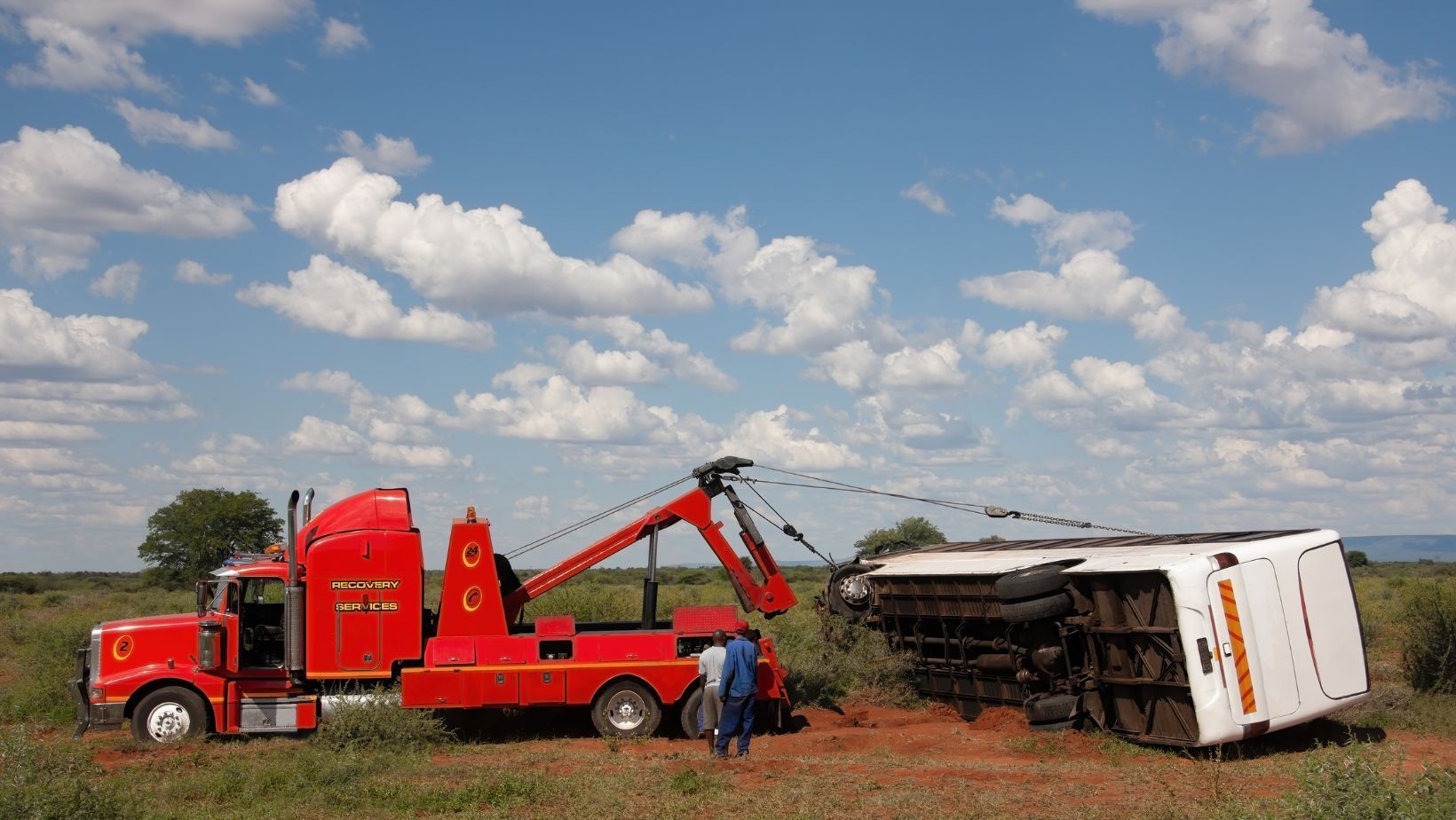What Are the Key Differences Between Towing and Hauling?
Transporting goods or vehicles requires understanding the best method to use for efficiency, safety, and legal compliance. Towing and hauling stand out as two primary options, each with distinct characteristics, applications, and requirements. Whether you're a vehicle owner contemplating the transport of your boat for a weekend getaway, a business needing to deliver materials, or someone planning a move, distinguishing between towing and hauling is crucial. This post delves into these differences, highlighting scenarios where each method is preferred and the specific vehicle requirements and safety considerations involved.
Defining Towing and Hauling

Towing involves pulling a vehicle, trailer, or load behind another vehicle. This method is commonly used when the object being moved cannot be operated independently, such as a car with engine trouble, a boat on a trailer, or a camper. Towing requires a tow vehicle with sufficient power and a setup equipped with the right hitching gear to connect and pull the secondary load safely.
Hauling, on the other hand, refers to the transport of goods or cargo within a vehicle or on its flatbed. This could range from moving construction materials on a truck bed to transporting large quantities of goods in a cargo van. Hauling focuses on the capacity of the vehicle's own space or attached flatbed to carry goods, differing from towing, which relies on pulling an external load.
Uses and Applications
Towing serves a variety of purposes, from assisting vehicles in distress due to breakdowns or accidents to facilitating the recreational transport of boats and campers. It is especially useful for moving vehicles that are not currently operable or for transporting vehicles over long distances without accruing mileage or wear and tear.
Common Uses for Hauling
Hauling is indispensable in scenarios requiring the transport of materials, goods, or waste. It's the go-to method for construction projects needing to move materials to a site, businesses delivering products directly, or services tasked with large-scale waste removal. The capacity to carry significant weight and volume makes hauling ideal for these situations.
Vehicle Requirements and Equipment
Towing demands specific vehicle capabilities and equipment. The tow vehicle must have a towing capacity that exceeds the weight of the towed load, along with a compatible hitch system. Equipment like tow bars, hitch receivers, and safety chains are essential for connecting and safely towing trailers, vehicles, or boats.
Requirements for Hauling
Vehicles used for hauling need to have sufficient cargo space or a flatbed design, with features designed to secure cargo, such as tie-downs, straps, and tarps. The vehicle’s load capacity is a crucial factor, as exceeding this limit can lead to safety risks and legal issues.
Safety and Legal Considerations
Ensuring safety while towing involves adhering to specific protocols, such as checking that the towed load is securely attached, observing weight distribution to prevent sway, and adopting driving techniques that account for the increased stopping distance and reduced maneuverability.
Safety Protocols for Hauling
When hauling, it's vital to secure the cargo properly to prevent it from shifting or falling during transport. Awareness of the vehicle's height and weight, especially when fully loaded, is necessary to navigate roads safely and comply with legal weight limits.
Choosing Between Towing and Hauling
Deciding whether to tow or haul depends on several factors, including the nature and quantity of items to be transported, the distance of the transport, and the capabilities of your vehicle. Assessing these factors helps determine the most efficient, safe, and legally compliant method for your needs.
Towing offers the advantage of not loading down your primary vehicle but requires additional setup and considerations for safe connection and transport. Hauling, while eliminating the need for a towed setup, may limit the quantity of goods transported based on the vehicle's capacity and can affect the vehicle’s handling.
Understanding the key differences between towing and hauling is essential for anyone needing to transport goods or vehicles. Each method has its specific applications, requirements, and safety considerations, making it important to choose the one that best fits your situation. Whether you opt for towing or hauling, ensuring that you comply with safety standards and legal requirements is paramount to a successful transport.
For those facing decisions on the best transport method for their needs, professional advice and services can provide invaluable assistance. Azteca Towing offers expert towing services, including 24/7 assistance, to meet a wide range of needs. Whether you find yourself in need of emergency towing or are planning to transport a large load, Azteca Towing has the expertise and equipment to ensure safe and efficient transport.
Contact Azteca Towing for reliable guidance and service, ensuring your towing and hauling needs are met with professionalism and care.




